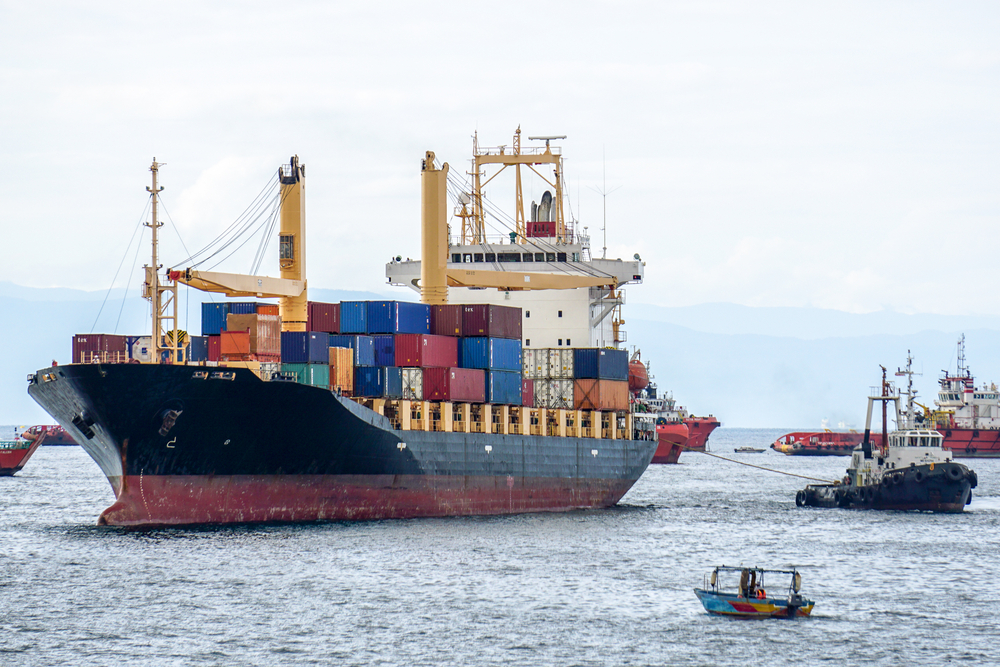Malaysia’s August Exports Miss Forecast
A return to negative export growth is another setback for the Malaysian ringgit, which is striving to recover from losses last week amid an escalation of political risk.

Source: Shutterstock
Export growth turns negative
A brief positive growth streak in Malaysia’s exports in June and July, which was helped by the opening of the economy from the Covid-19 lockdown, ended in August. A 14.5% month-on-month export fall in August was a partial clawback of the 48% cumulative increase in the previous two months. This brings the year-on-year growth to -2.9%, a stark contrast to the consensus of +4.9% and down from +3.1% in July. Without a favorable base effect, it could have been even worse.
All key export products posted month-on-month declines. But large declines in heavyweight electronics and petroleum products, by 19% MoM and 24%, respectively, stood out. There was also an across-the-board fall in shipments to the main destinations.
Trade surplus narrows too
Weak domestic demand continued to weigh down imports in August, which were down 2.2% from July and 6.5% from a year ago (-8.7% YoY in July). As with exports, electronics and petroleum products were the weak spots in imports. The trade surplus narrowed sharply in the last month to MYR 13.2 billion from MYR 25.2 billion in July. The cumulative surplus in the first eight months of 2020, MYR 103 billion, is MYR 3 billion wider on the year.
Despite a steady goods surplus, continued net outflows on the service account, resulting from standstill tourism, should keep the overall current account surplus on a narrowing trend over the remainder of the year. The current surplus almost halved to MYR 17.1 billion in the first half of 2020 from MYR 31.3 billion a year ago. Our forecast for the full-year 2020 current surplus as a proportion of GDP is 1.5%, down from 3.4% in 2019.
Further setback for the MYR
Against all odds – a record GDP plunge, narrowing current surplus, subdued global oil prices, and domestic political uncertainty, the Malaysian ringgit had a good run in a broad emerging market rally since June.
But the rally lost steam in September. In addition to strong USD sentiment so far this month, the MYR was battered last week by a spike in political risk in the run-up to the state elections in Sabha over the weekend. Another overhang was the FTSE Russell's decision on whether to exclude the Malaysian government securities from its global bond index, which in the end passed as a non-event last week. A clear win for the state coalition (Gabungan Rakyat Sabha) backed by Prime Minister Muhyiddin Yassin was also a relief for markets as this further strengthened an otherwise shaky ruling coalition at the national level.
However, the return of negative export growth is a setback for the currency.
Disclaimer: This publication has been prepared by ING solely for information purposes irrespective of a particular user's means, financial situation or investment objectives. The information ...
more


